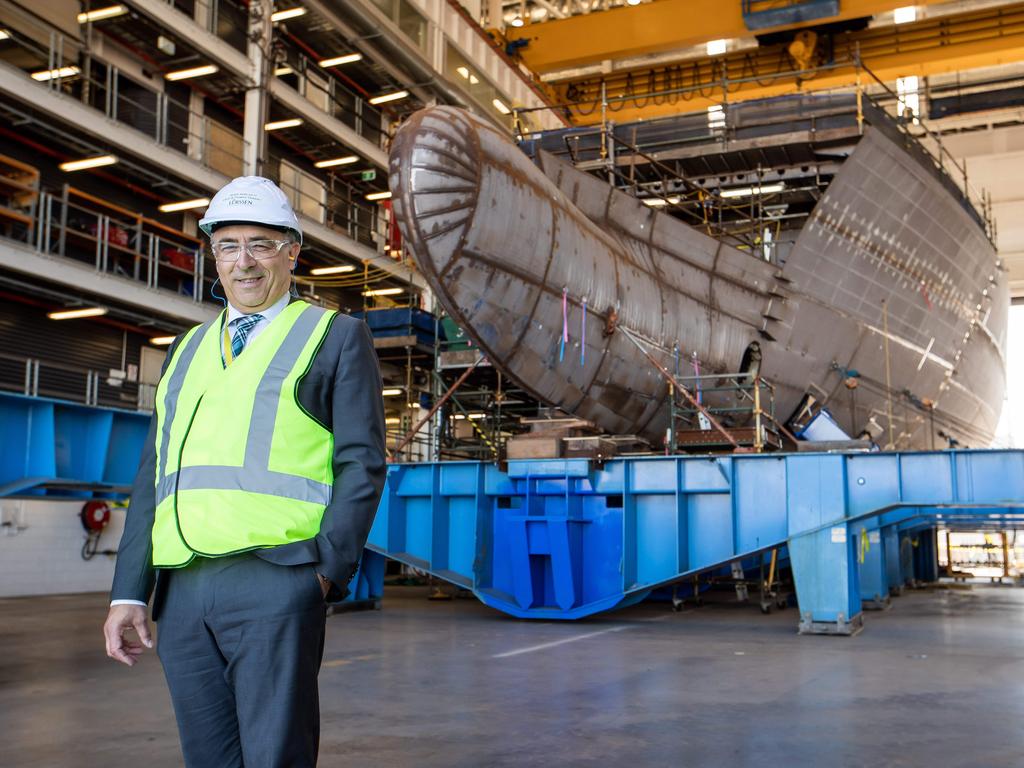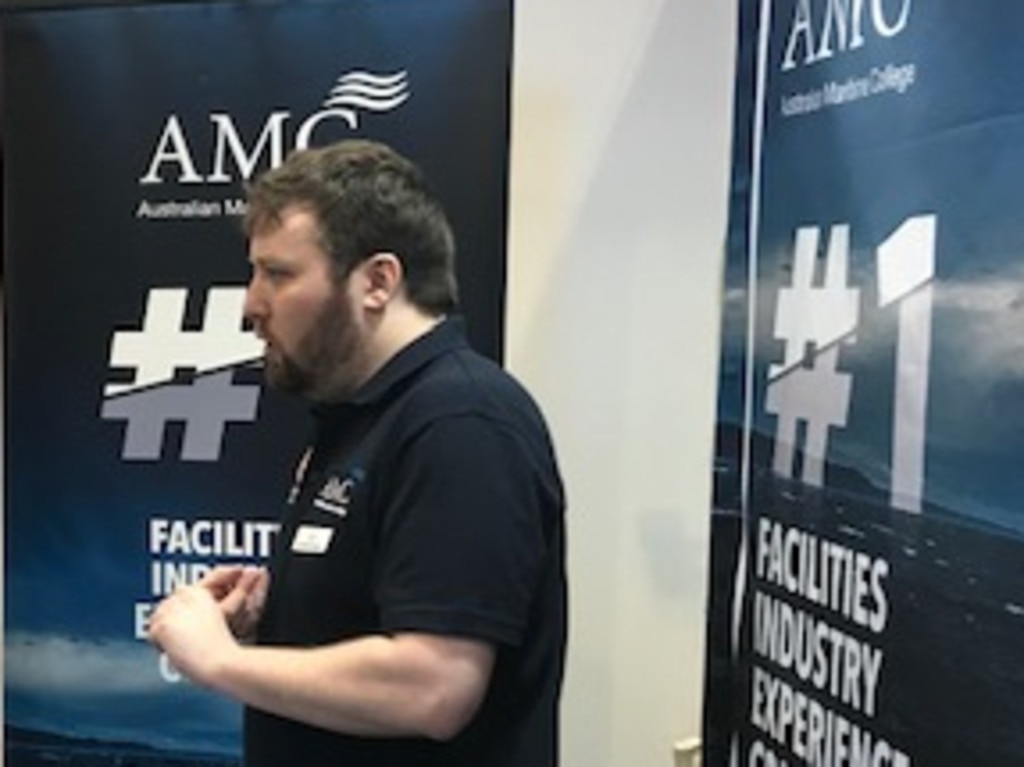Talent pipeline for onshore jobs
The $35bn Future Frigate program will need ‘a constant pipeline of talent being produced by schools, TAFEs and universities’, says the ships’ construction boss.

Delivering Australia’s largest-ever surface-ship naval build program, for the $35bn future frigates, requires facing two potential challenges — skills availability and a comprehensive and cost-effective supply chain.
As of October, the workforce for the Future Frigate program, Project Sea 5000, was already about 400-strong across Australia and Britain, with the majority in Australia. It is expected to grow to 5000 direct and indirect positions over the its life.
“We’re managing the run-off from the air warfare destroyer program very well, we’ve got a good success story in the number of redeployments that we’ve been able to make,’’ says ASC Shipbuilding managing director Craig Lockhart. “But my worry is around making sure that we can keep enough of the skilled trades and what I would call the white-collar technicians,” he says.
“Over the next decade we need a constant pipeline of talent being produced by schools, TAFEs and universities — systems architects, naval architects, stability experts, engineers, etc.
“We will have to give them the experience but we expect the universities and schools to be working with us to ensure we can generate that pipeline,’’ Lockhart says.
“We’re working very hard with the Naval Shipbuilding College [based in Adelaide] to start fitting in the supply architecture, making sure we have a research partnership and PhD places and undergrad positions right down to degree apprenticeships. This is a national endeavour, it will involve every city in Australia.”
The Sea 5000 supply chain will be vital not only to the build program, but also to the percentage of Australian Industry Content that can be achieved.
ASCS currently has about 900 Australian suppliers pre-registered under the Industry Capability Network, a commonwealth-funded online network that introduces Australian and New Zealand companies to the supply chains of major projects.
“What we’re focusing on at the moment is getting the key components of that 900-strong supplier base familiar with our processes, getting them pre-registered and qualified, getting them familiar with the terms and commitments, and making sure that they’re able to respond in the manner we ask them to,” Lockhart says.
The supply chain has four targets for AIC — A, B, C and D. “A and B involve the most complex pieces of kit and there’s no hard percentage on them,” he says.
“On Category C we’ve got a 50 per cent figure to try and manufacture through the Australian supply chain and on Category D there’s a 100 per cent figure.
“So in aggregate there’s about a 54 per cent ambition, and that’s helped by working with some of the Category As and Bs over the life of the program, converting the manufacture of the capability from offshore to here.”






To join the conversation, please log in. Don't have an account? Register
Join the conversation, you are commenting as Logout